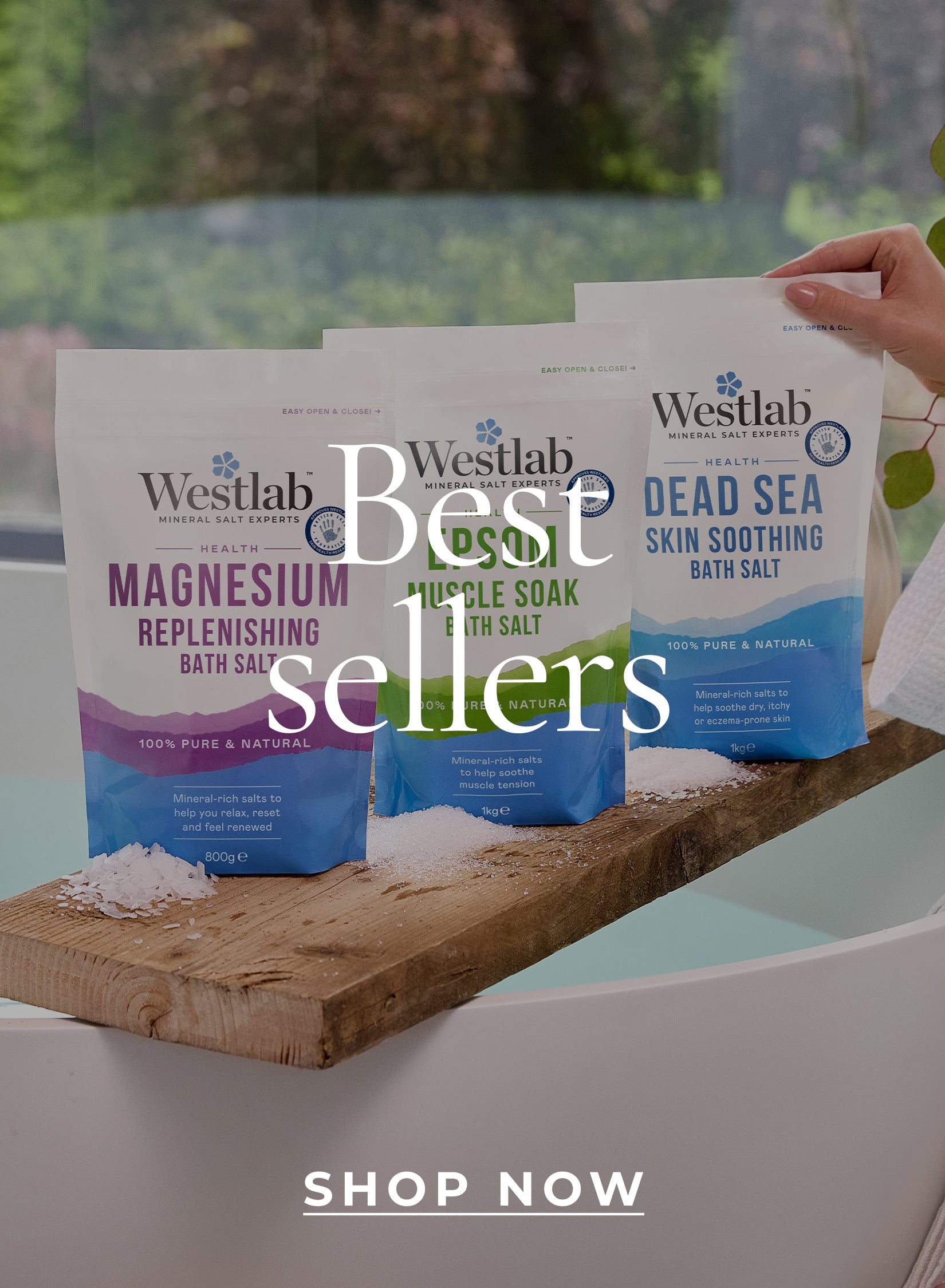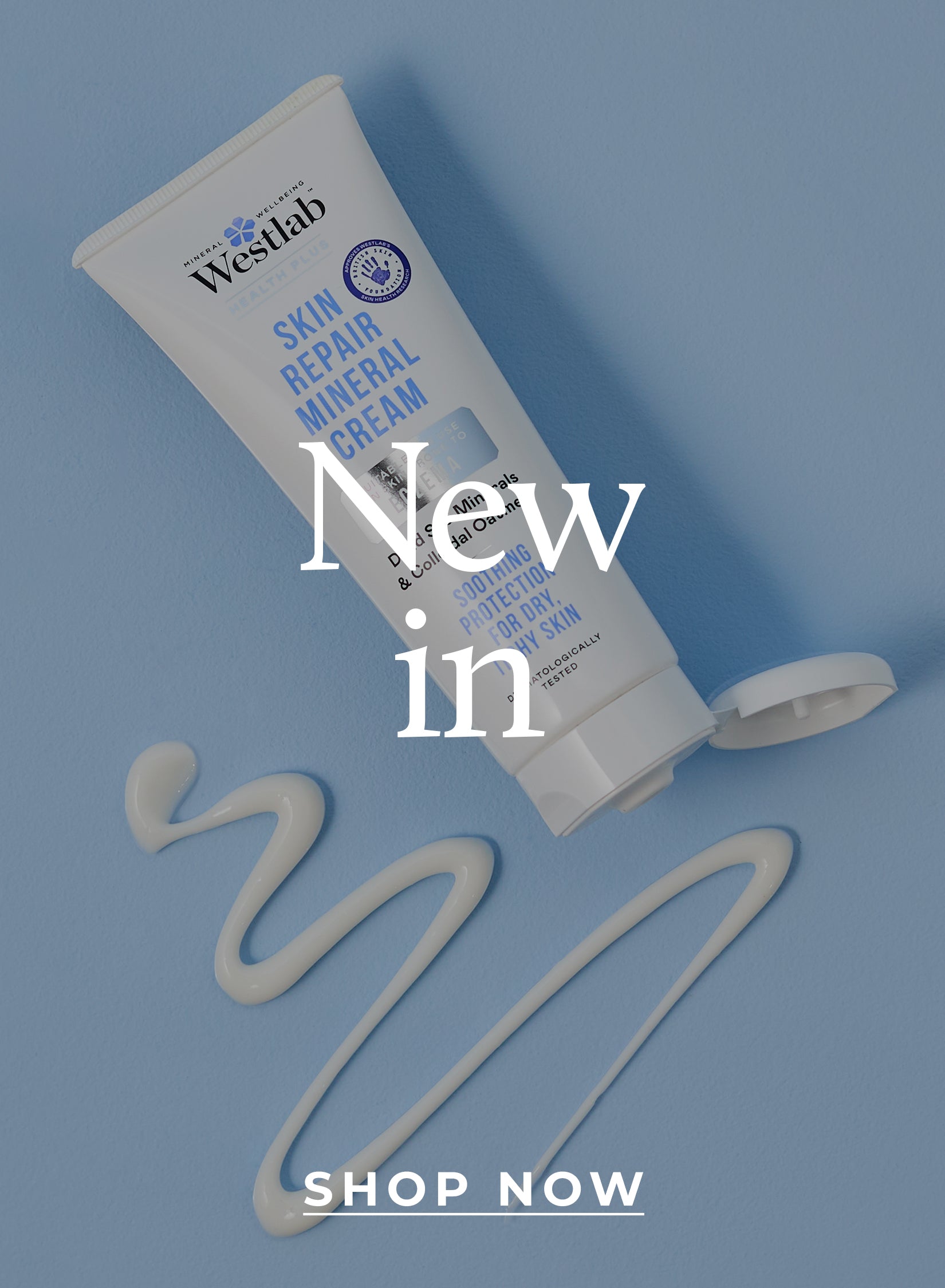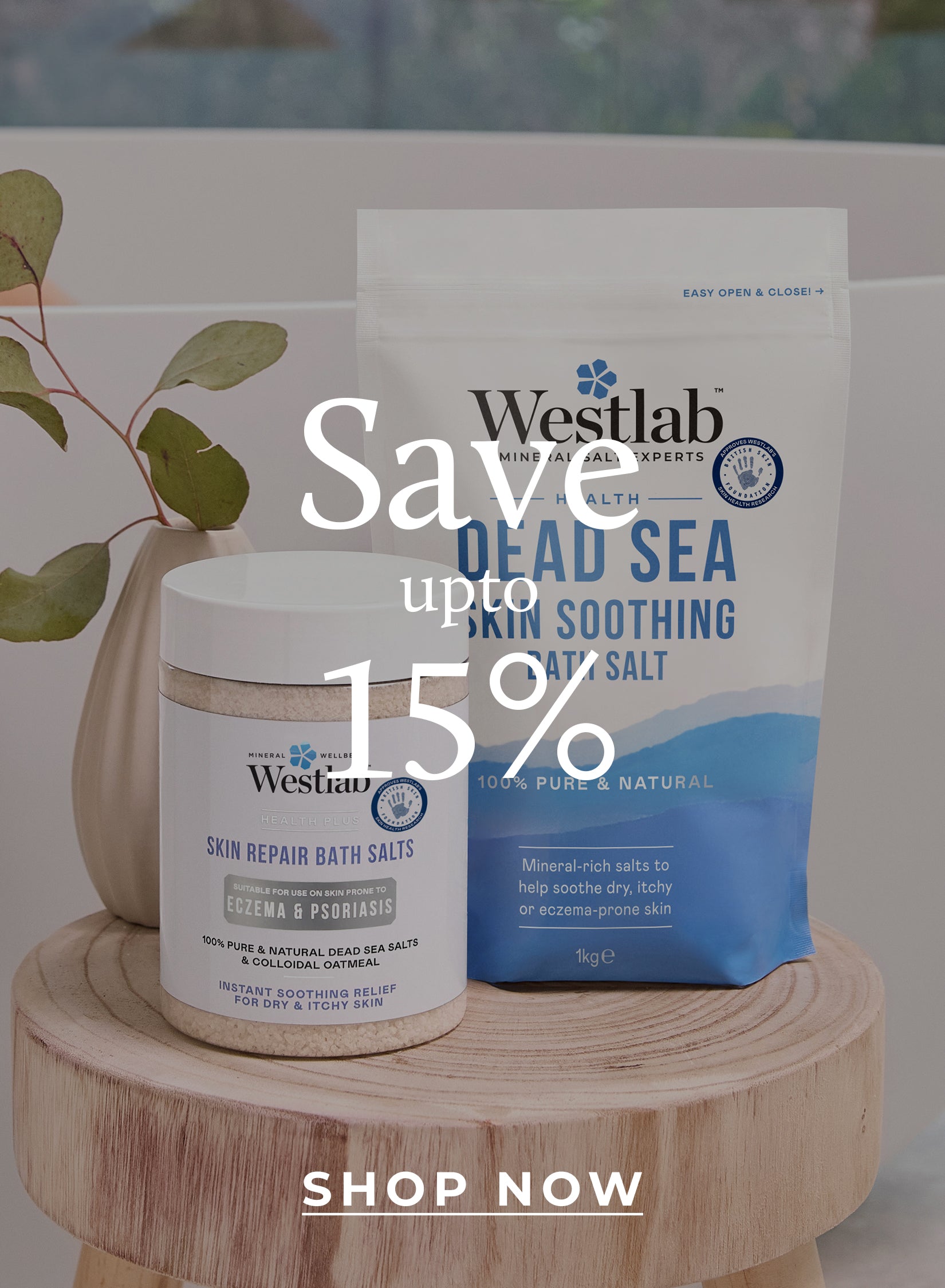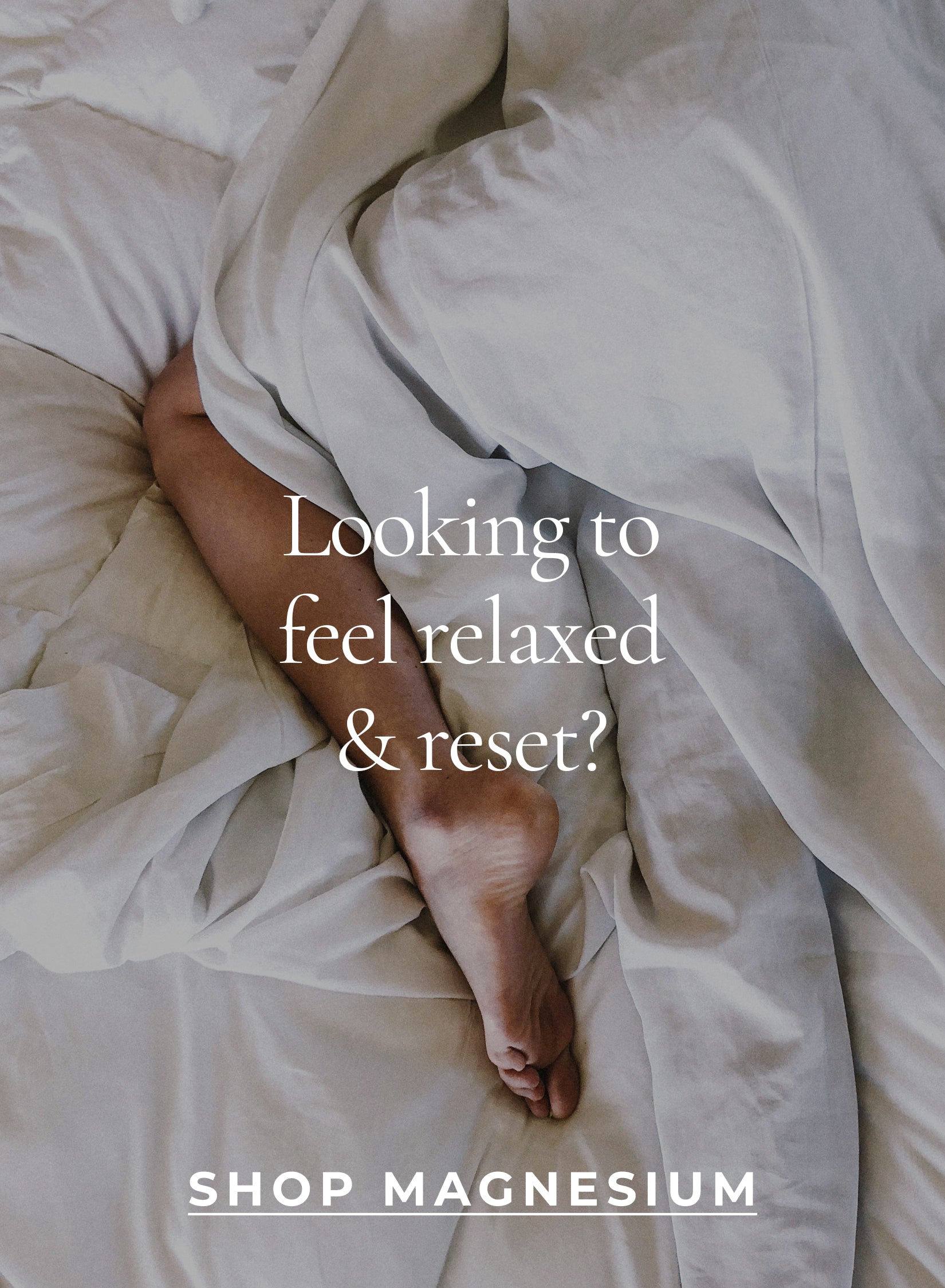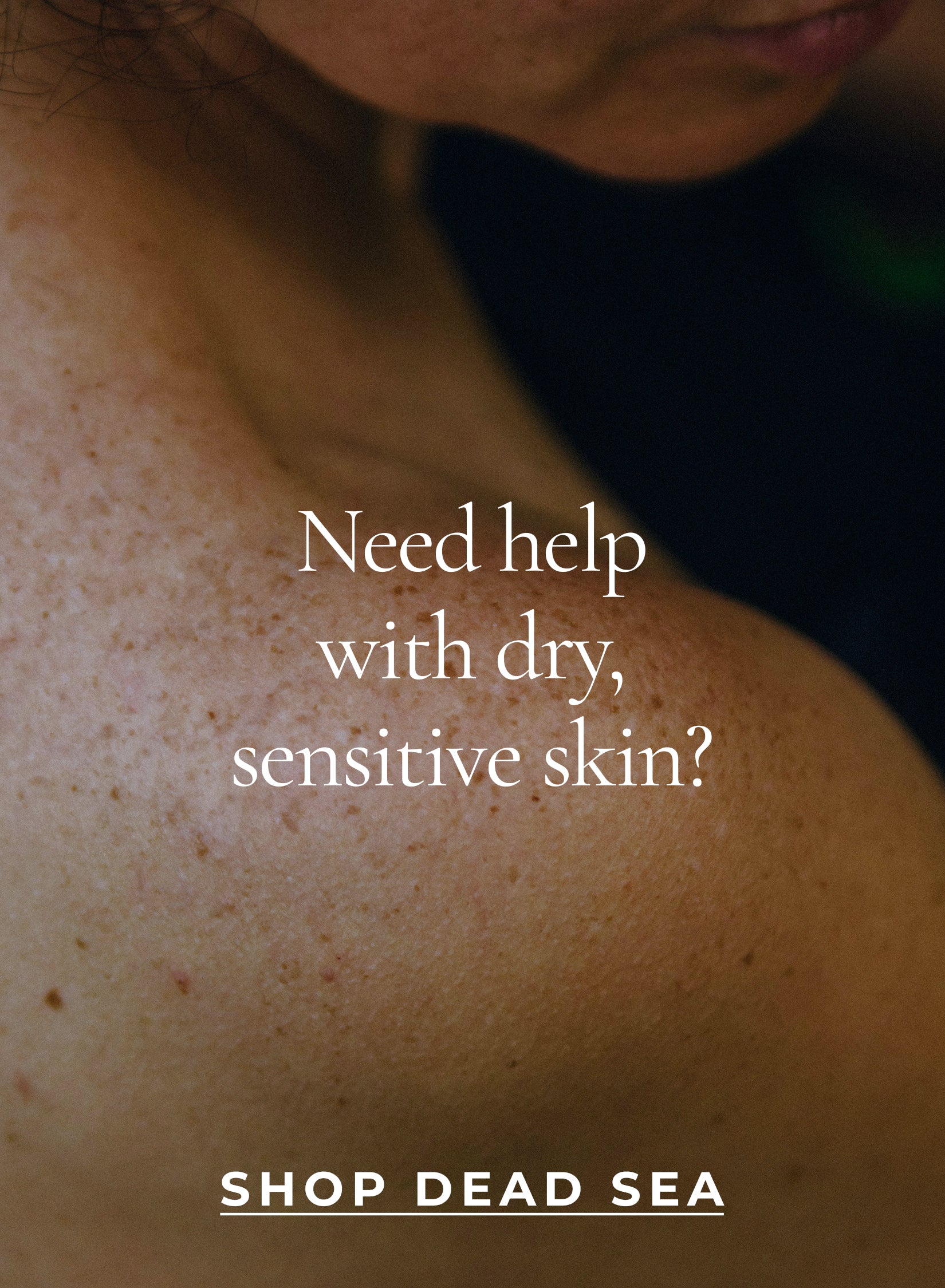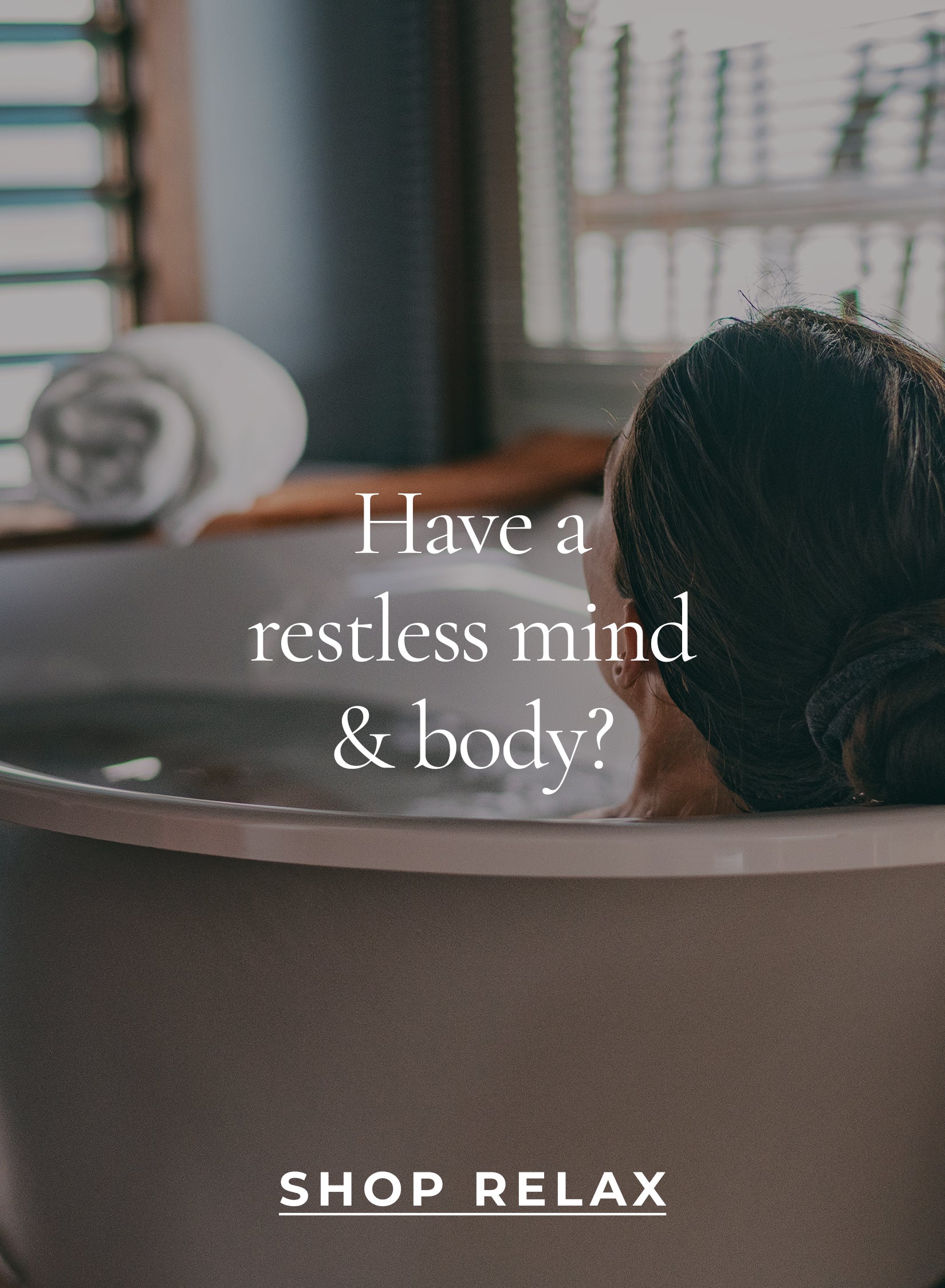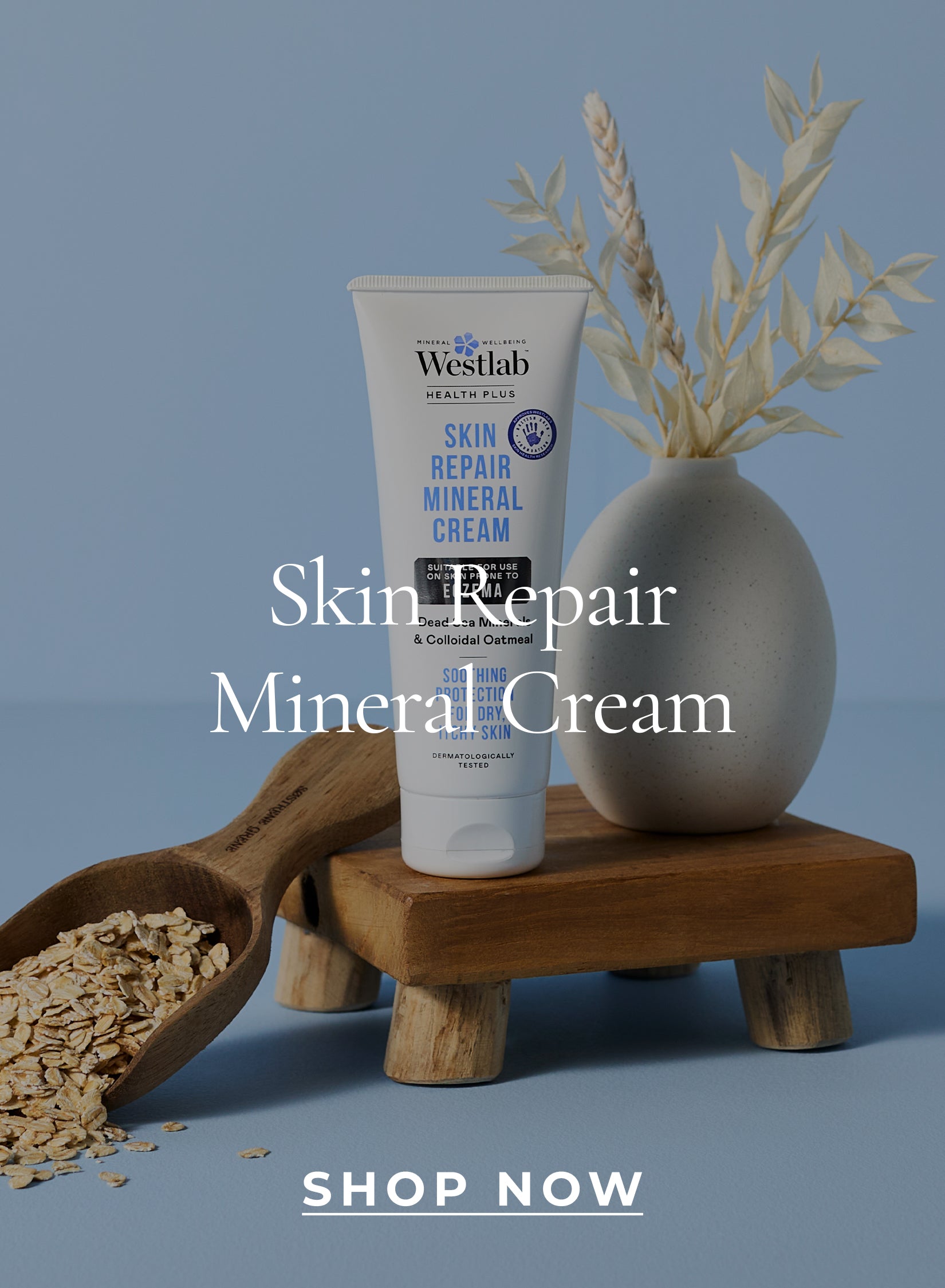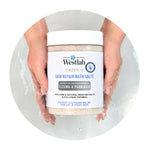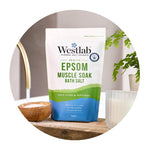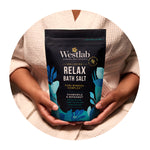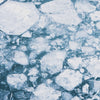How to use Heat and Cold treatment for Muscle Recovery
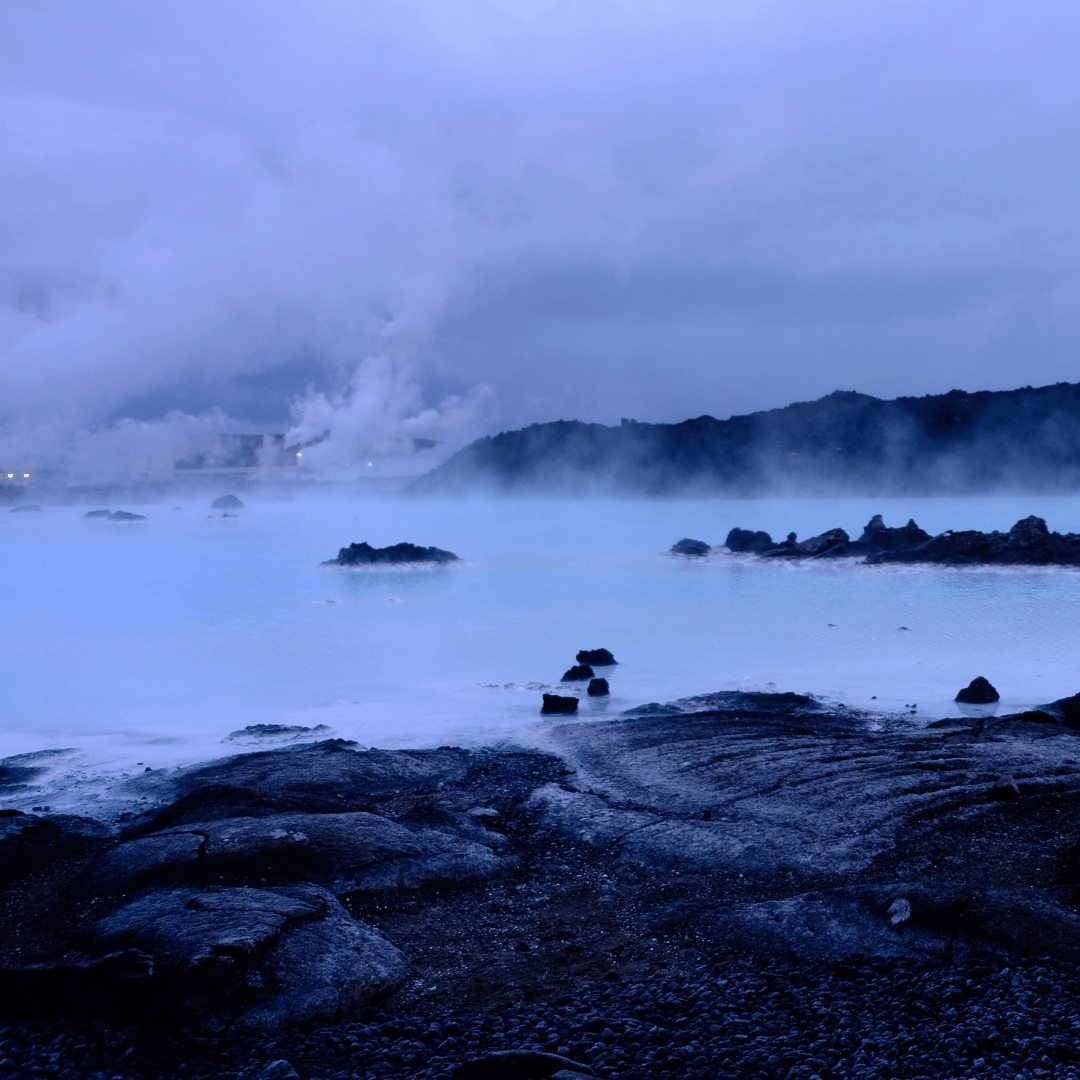
An interview with Rob Artingstall, Head Physio, England Rugby League:
When it comes to muscle recovery, the hot vs cold question seems to cause a lot of confusion and debate, with some people sitting firmly in one camp or the other.
So when the England Rugby League Team approached us for support during the 2022 season, we jumped at the chance to find out how they use heat and cold during training.
After all, there’s not many sports more brutal on the body than Rugby, so they need to know how to take care of players correctly when it comes to their recovery.
I asked lead Physiotherapist, Rob Artingstall, which is better for muscle recovery – hot or cold?
The answer is both.
But it’s about using the right one for what’s needed at the time. The players use a variety of hot and cold treatments, from the intensity of Cryotherapy to a relaxing hot muscle soak bath with Epsom Salts.
Rob also shared some great, straightforward advice on how to best use hot and cold easily at home (for those of us that don’t have access to a handy Cryo chamber). While also explaining why using them incorrectly could actually cause you more harm than good.
Disclaimer: If you have any injuries, always see a healthcare practitioner.
When should you use HEAT?
- For chronic, longstanding muscle aches and tension
- If you’ve got tight, stiff muscles, cramps or DOMS
- If it’s a result of hard exercise / overworking your muscles
- On rest days for self-care and relaxation
What benefits does heat provide to your muscles?
Heat works by warming and relaxing the muscles, which increases circulation and brings more oxygen to the area. This is great for regular use with general muscle aches and stiffness. You wouldn’t want to use cold on tight muscles as it can worsen muscle tension and spasms.
Rob is also a big advocate for using heat alongside active recovery on rest days. The heat relaxes the muscles, and therefore helps with the active recovery. An example of this would be getting yourself outdoors for a walk in the fresh air, followed by a warm soak in our muscle relaxing bath salts, such as Magnesium Flakes or Epsom Salts.
When should you use COLD?
- If you have an acute injury or muscle pain
- If there’s inflammation, increased temperature or swelling in the area
- If you’re looking to build mental resilience (cold water immersion)
What benefits does cold provide?
For injuries and inflammation its essential to use cold within the first 72 hours. This will help get rid of the inflammation and decrease the amount of tissue damage that goes on. You wouldn’t use heat here because it would make the inflammation worse and so increase the pain and swelling.
Cold water immersion in the form of cold showers and ice baths are used for sports recovery but they also help with mental resilience and strength.
Doing something that makes you feel physically uncomfortable can help with mental resilience, but it’s important to get that balance right and make sure you’re not stressing your system too much. Rob advises to listen to your body when it comes to cold immersion. Its not for everyone, and if you’re hating it that much then the stress of it could cancel out any benefits.
If you’re using cold water immersion for resilience rather than injury then it’s important to ensure that you are balancing it with an appropriate amount of warm recovery as well, to keep your muscles from tightening up.
When to use alternating hot/cold (contrast therapy)
- If you’re past the initial stages of an injury and there’s no more swelling, heat or inflammation.
- If you’ve been training hard and want to give your muscles an extra recovery boost.
What benefits does contrast therapy provide for muscle recovery?
When you alternate hot and cold you get a big vasoconstriction of all the blood vessels and then vasodilation, which gives a big blood/muscle pump that helps flood your system with oxygen and help you recover.
How to apply contrast therapy
The best method for this is to apply cold for one minute, followed by heat for three minutes, and alternate this a few times, finishing on cold. Hot water bottles, wheat packs, ice packs, or even a bag of frozen peas are all fine to use as far as Rob is concerned. Or you can use buckets, bowls, sinks or baths.
Summary:
- Heat is for tight or sore muscles from general exercise or active lifestyles
- Cold is best for acute injury and building mental resilience
Hot & Cold together is for those who want to take exercise recovery a step further
https://westlabsalts.co.uk/products/westlab-recover-bathing-salts?variant=39571324731495
Our best muscle soak bath salts for heat and cold:
Our Recover salts are our choice of bath salts for muscle recovery due to their magnesium-rich Epsom Salts plus added benefits of Arnica and essential oils. Eucalyptus and White Willow are known for their pain-relieving qualities, while Arnica is renowned for helping reduce swelling and inflammation.
How to use: Add 1-2 cups of salts to a hot or cold bath or add a couple of handfuls to buckets of water for contrast therapy.
-
Posted in
Bath Salts, Body Health, Expert Tips, Healthy Skin And Soothing, Muscle Recovery

